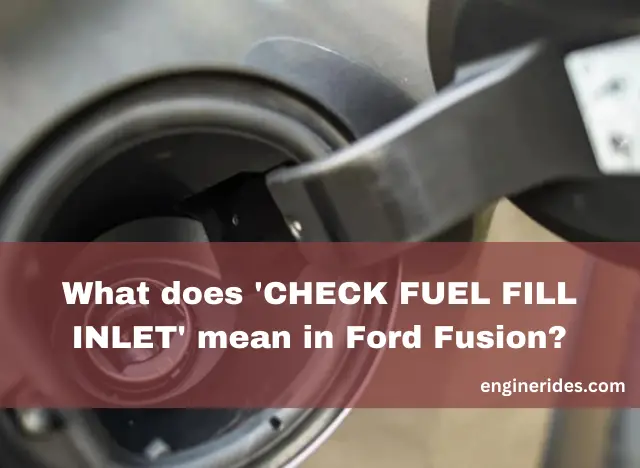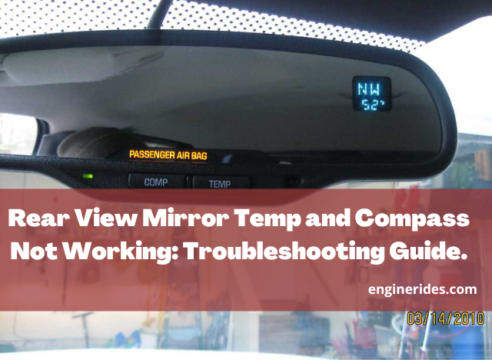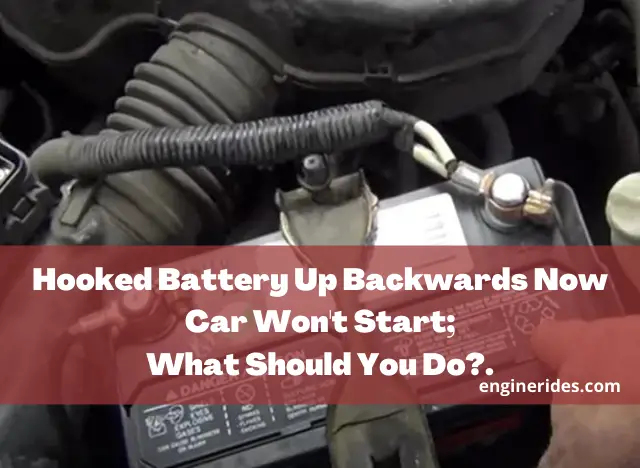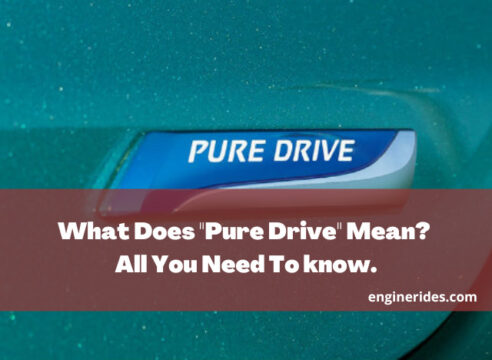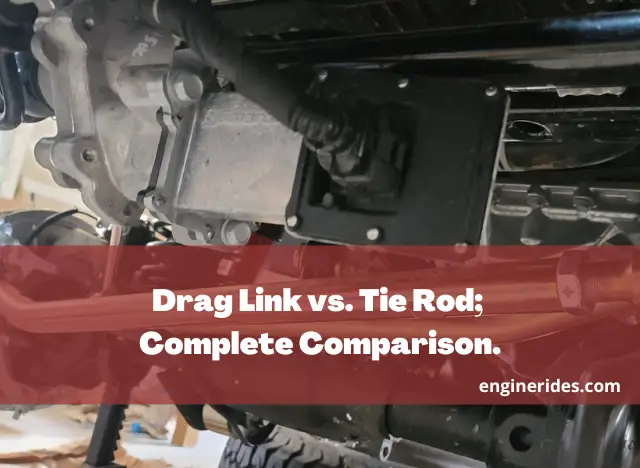What does ‘CHECK FUEL FILL INLET’ mean in Ford Fusion?
The ‘CHECK FUEL FILL INLET’ message in a Ford Fusion indicates that there may be an issue with the fuel fill inlet of the vehicle. This warning suggests that the fuel fill inlet might not have properly closed, possibly due to it being stuck open or obstructed by debris.
It serves as a notification to the driver to address the potential problem with the fuel fill inlet to ensure the proper functioning of the vehicle’s fuel system and to prevent any safety hazards or performance issues.
Table of Contents
What causes this message in your vehicle?
The ‘CHECK FUEL FILL INLET’ message in your vehicle, such as the Ford Fusion, can be triggered by several factors, including:
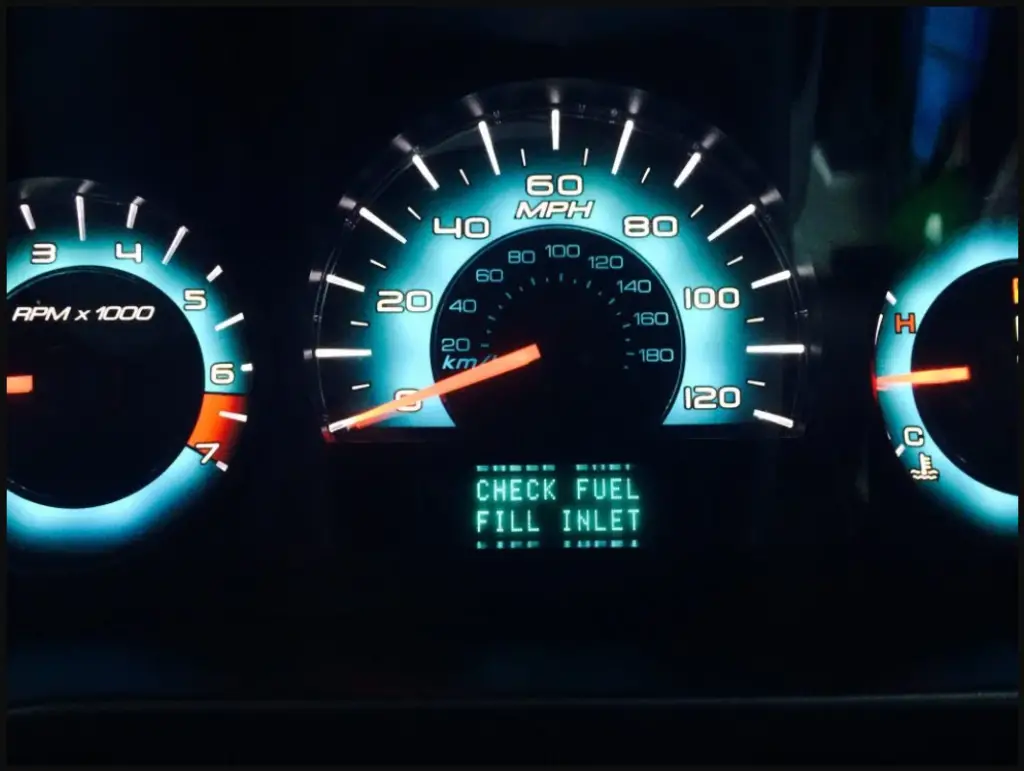
- Improper Closure
If the fuel fill inlet is not correctly closed, then this message could popup. So all you have to do in this case is to check the cap and close it correctly.
- Stuck Open Inlet
Sometimes, the fuel fill inlet can become stuck in the open position, preventing it from sealing properly. This could be caused by mechanical issues or wear and tear over time.
- Debris Obstruction
Debris, such as dirt, leaves, or other foreign objects, may accumulate around the fuel fill inlet, obstructing its closure. This can prevent the inlet from sealing properly and trigger a warning message.
- Mechanical Malfunction
Various mechanical components associated with the fuel fill inlet, such as the latch mechanism or seal, may experience wear and tear, leading to malfunctions that prevent proper closure and trigger the warning message.
- System Sensor Malfunction
In some cases, the warning message may be triggered by a malfunction in the vehicle’s sensor system. Issues with sensors responsible for detecting the status of the fuel fill inlet can result in false warnings or erroneous messages.
Understanding these potential causes can help drivers troubleshoot and address the ‘CHECK FUEL FILL INLET’ message promptly to ensure the safe and efficient operation of their vehicles.
Gas Tank Filler Neck Problems, Symptoms And Fixes Explained
ENGINERIDES.COM
How to fix it?
Here’s a step-by-step guide on how to fix the “CHECK FUEL FILL INLET” message:
Step 01: Pull Over Safely
- When you notice this message, find a safe place to pull over your vehicle. This could be a parking lot, a wide shoulder, or another safe area away from traffic.
Step 02: Turn Off the Engine
- Once you’ve safely stopped your vehicle, turn off the engine. This helps prevent any potential safety hazards and allows you to address the issue without the engine running.
Step 03: Open the Fuel Filler Door
- Locate the fuel filler door, typically located on the side of your vehicle, near the rear. Open the fuel filler door to access the fuel fill inlet.
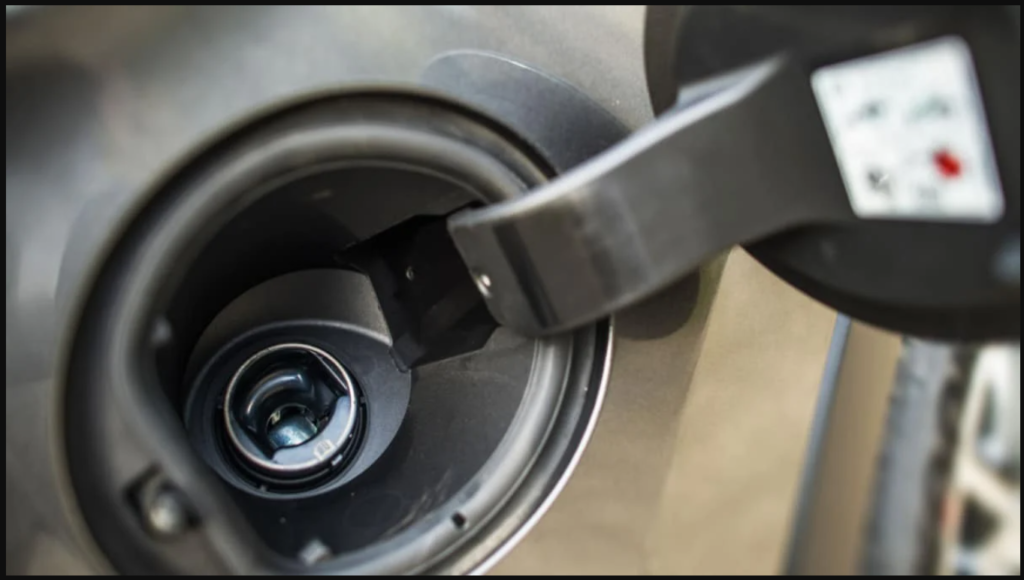
Step 04: Inspect for Debris
- Carefully inspect the fuel fill inlet for any visible debris, dirt, or foreign objects that may be obstructing the inlet’s closure. Use a flashlight if needed to get a clear view.
Step 05: Remove Debris
- If you see any debris in or around the fuel fill inlet, carefully remove it using your hands or a tool if necessary. Be cautious not to push the debris further into the inlet, as this could worsen the problem.
Step 06: Use the Fuel Fill Nozzle or Funnel
- Insert either the fuel fill nozzle from the gas pump or the fuel fill funnel provided with your vehicle into the fuel fill inlet.
- Insert and remove the nozzle or funnel several times to help dislodge any remaining debris and allow the inlet to close properly.
Step 07: Resetting the Message
- After addressing the potential issue with the fuel fill inlet, keep in mind that the is message may not reset immediately. It may take several driving cycles for the message to turn off.
- A driving cycle typically consists of starting the engine after it has been off for four or more hours, followed by city/highway driving.
Step 08: Check for Continued Issues
- After performing these steps, monitor your vehicle’s dashboard for any persistent warning messages or signs of malfunction.
- If the message persists or if you encounter any other issues, consider seeking assistance from a professional mechanic or taking your vehicle to a certified service center for further inspection and repair.
Following these steps can help you effectively address the “CHECK FUEL FILL INLET” message and ensure the proper functioning of your vehicle’s fuel system.
Is it safe to drive while this message comes?
It’s not safe to drive with the “CHECK FUEL FILL INLET” message illuminated. Ignoring it could lead to fuel leaks, mechanical damage, and trigger additional warning lights. Driving with a compromised fuel system poses safety risks and may violate regulations.
Pull over safely, address the issue, and avoid driving until resolved. If unable to fix it yourself, seek assistance from a professional mechanic or certified service center promptly.
Taking immediate action ensures your safety, prevents further damage, and maintains compliance with regulatory standards.
Is Your Car Stalls After Getting Gas? Causes And Fixing Explained
ENGINERIDES.COM
What are the other most common issues with fuel fill inlet?
Apart from issues related to the fuel fill inlet not properly closing, several other common problems may occur:
- Fuel System Ventilation Issues
Issues with the ventilation system, including clogged or blocked vent lines, can cause pressure buildup in the fuel tank. This pressure can prevent the fuel fill inlet from closing properly and trigger the warning message.
- Fuel Tank Damage
Damage to the fuel tank, such as dents, cracks, or corrosion, can compromise the integrity of the fuel system. It may lead to leaks or prevent the fuel fill inlet from sealing correctly.
Faulty Fuel Neck
The fuel neck, which connects the fuel filler cap to the fuel tank, can develop cracks or leaks over time. This can result in fuel evaporation, fuel leaks, or difficulty in properly sealing the fuel fill inlet.
- Malfunctioning Evaporative Emission Control System (EVAP)
Problems with components of the EVAP system, such as the charcoal canister, purge valve, or vent valve, can affect the proper functioning of the fuel system. A malfunctioning EVAP system may trigger the “CHECK FUEL FILL INLET” message.
Regular inspection, maintenance, and prompt resolution of any issues with the fuel system components can help prevent common problems with the fuel fill inlet and ensure the safe and efficient operation of your vehicle.
